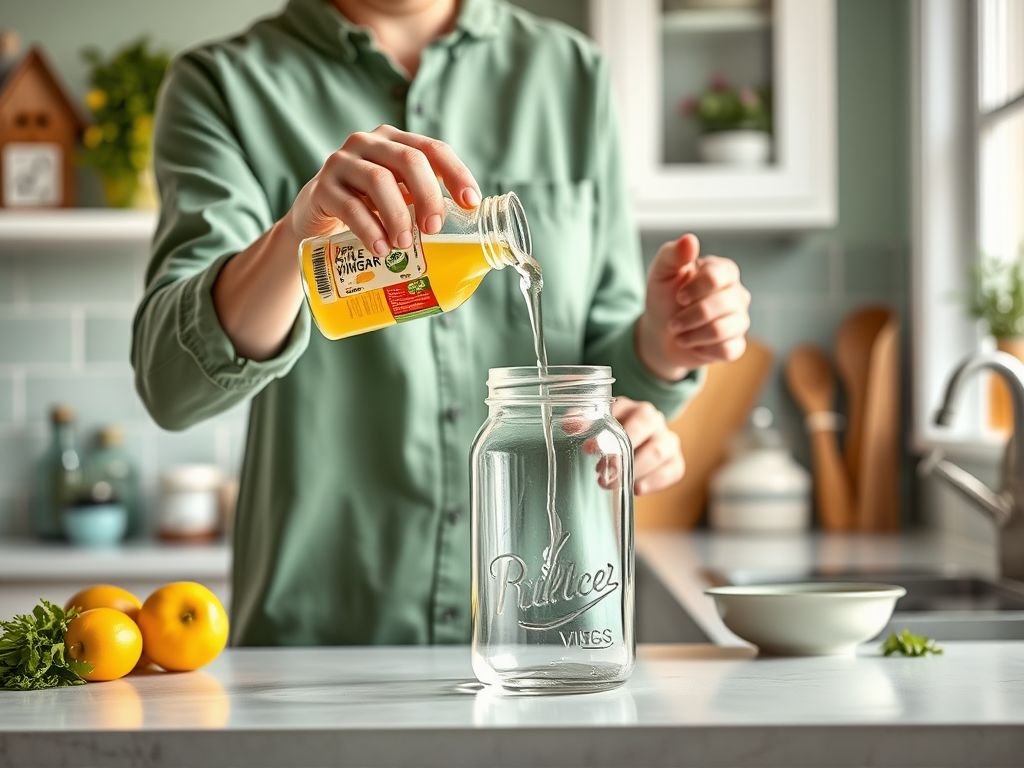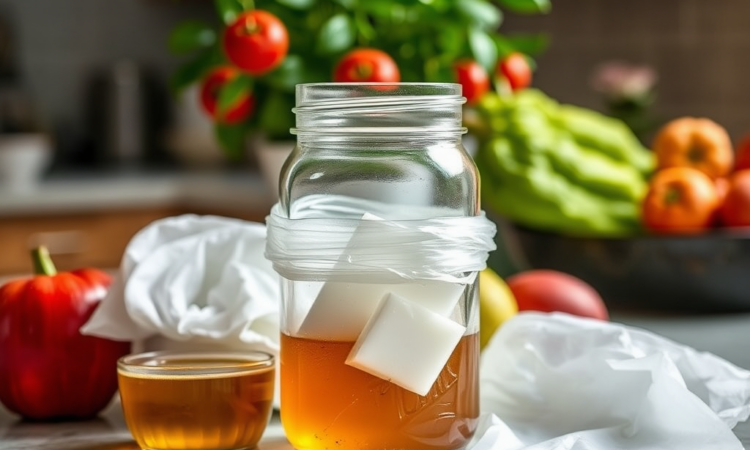Dealing with gnats can be more than just an annoyance; it can transform your peaceful space into a battleground. Many of us have unintentionally invited these pesky insects into our homes, creating a small yet significant nuisance. Fortunately, you don’t have to resort to expensive pesticides or harsh chemicals to reclaim your space. Instead, you can harness the power of natural ingredients typically found in your kitchen to create effective DIY gnat traps. This article will guide you through five simple recipes that will help you eliminate gnats quickly and efficiently.
Gnats are not just bothersome; they are a common problem, particularly in warm, humid environments. Understanding their behavior and preferences can significantly enhance the effectiveness of your traps. For instance, most gnats are attracted to fermenting and decaying organic matter, making common household items ideal for trapping them. With the right approach, you can turn everyday ingredients into powerful weapons against these tiny intruders. Let’s dive into the science and solutions behind effective gnat traps!
Understanding Gnats

Gnats come in various forms, with different species that exhibit unique behaviors and attractants. Some common types include fruit flies, fungus gnats, and drain flies. These insects thrive in damp, decaying organic matter, often laying their eggs in soil or around overripe fruits. Their attraction to such environments often leads them to your kitchen or gardening areas.
To effectively target and eliminate gnats, it’s crucial to identify their habitats:
- Overripe fruits on countertops
- Plants with moist soil
- Drains with stagnant water
Recognizing these areas can help you deploy your traps effectively. By understanding their life cycle and preferences, you can prevent future infestations. So, armed with this information, let’s explore some simple yet potent DIY gnat traps!
Recipe 1: Apple Cider Vinegar Trap

One of the most popular methods involves using apple cider vinegar due to its sweet, fermenting scent that gnats find irresistible. Creating an apple cider vinegar trap is not only straightforward but also highly effective. To set it up, you will need a jar, some apple cider vinegar, a few drops of dish soap, and plastic wrap.
Follow these steps to create your trap:
- Pour about an inch of apple cider vinegar into the jar.
- Add a few drops of dish soap to break the surface tension.
- Cover the jar with plastic wrap and secure it with a rubber band.
- Poke small holes in the wrap to allow gnats to enter.
Place the trap in areas where you frequently see gnats. Remember, the more traps you have, the better your chances of capturing them. This is a simple yet effective solution that can significantly reduce gnat populations in your home.
Recipe 2: Wine Trap
If you have leftover wine lying around, put it to good use! The fermentation process in wine produces scents that are particularly alluring to gnats. Much like the apple cider vinegar trap, making a wine trap is a breeze. You will need an open bottle of wine and a piece of plastic wrap.
Here’s how you can make it:
- Leave a small amount of wine in the bottle.
- Cover the top with plastic wrap and secure it with a rubber band.
- Poke holes in the plastic wrap.
Set the trap where you’ve noticed gnat activity. The sweet, fermented aroma will draw them in, and they will have difficulty escaping. This sustainable use of leftover wine enhances your kitchen’s utility while combating those bothersome pests.
Recipe 3: Soap and Water Trap
Utilizing soap and water is another excellent approach for trapping gnats. The soap helps break the water’s surface tension, causing gnats to sink once they touch the surface. To create this trap, you will need a bowl, water, and dish soap.
Here are the steps for an effective soap and water trap:
- Fill a bowl with water.
- Add a few drops of dish soap, stirring gently to combine.
- Place the bowl in areas where gnats are frequently seen.
| Material | Effectiveness |
|---|---|
| Apple Cider Vinegar | Very High |
| Wine | High |
| Soap and Water | Moderate |
This method works particularly well because it creates a barrier that gnats cannot overcome. Keep an eye on the bowl, and refill it as needed to maintain its effectiveness.
Recipe 4: Fruit Trap
Using ripe or rotting fruit as bait is another tried-and-true method for capturing gnats. The natural scent of fermented fruit is irresistible to these insects. To set up this trap, find a piece of ripe or overripe fruit, a jar, and some plastic wrap.
Here’s how to create a fruit trap:
- Place the piece of fruit at the bottom of the jar.
- Cover the jar with plastic wrap and secure it.
- Poke small holes in the top.
This trap doesn’t just capture gnats; it also repurposes waste fruit that might otherwise be discarded. For maximum efficiency, make sure to monitor the trap, disposing of the fruit once it has served its purpose.
Recipe 5: Essential Oils Trap
Essential oils can either attract or repel gnats, depending on the type used. For instance, oils like peppermint and eucalyptus can be effective repellents. Conversely, oils such as orange and lemongrass draw them in. To create an essential oils trap, you will need a small bowl, water, and your choice of essential oil.
Simple steps include:
- Mix water with a few drops of your chosen essential oil in a bowl.
- Place the bowl where you’ve noticed gnat activity.
This method not only serves as a trap but also deodorizes your space with pleasant scents, making it a dual-purpose solution. However, always exercise caution when using essential oils around pets and children.
Conclusion
Creating your own gnat traps is not only an effective way to combat these annoying insects but also a rewarding DIY project. From the sweet allure of apple cider vinegar to the earthy scent of essential oils, each method offers a unique approach tailored to different preferences. By implementing these traps and maintaining cleanliness in your spaces, you can significantly mitigate gnat activity. Remember, prevention is key—taking proactive steps will ensure that your home remains a gnat-free haven.
Frequently Asked Questions
- What materials do I need for these traps?: Basic household items like vinegar, wine, soap, fruit, and essential oils.
- How long does it take for the traps to work?: It can take anywhere from a few hours to a couple of days, depending on the trap and the gnat population.
- Are these traps safe for pets and children?: Generally, yes, but it’s important to monitor the area to ensure that pets and children do not ingest any trap contents.
- How can I prevent gnats from returning after using these traps?: Keep living areas clean, dispose of overripe fruits, and maintain good drainage to reduce gnat attractants.
- Can I use these traps outdoors?: Yes, they can be set up outdoors, but be aware that weather conditions may affect their effectiveness.
